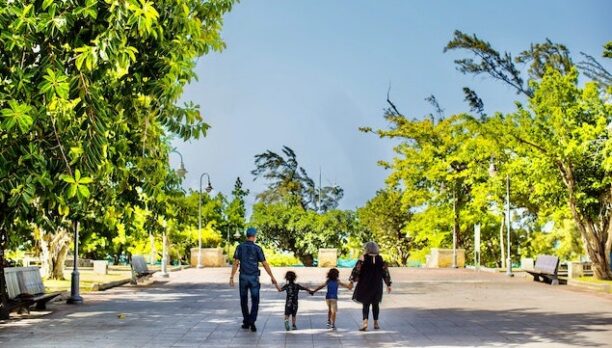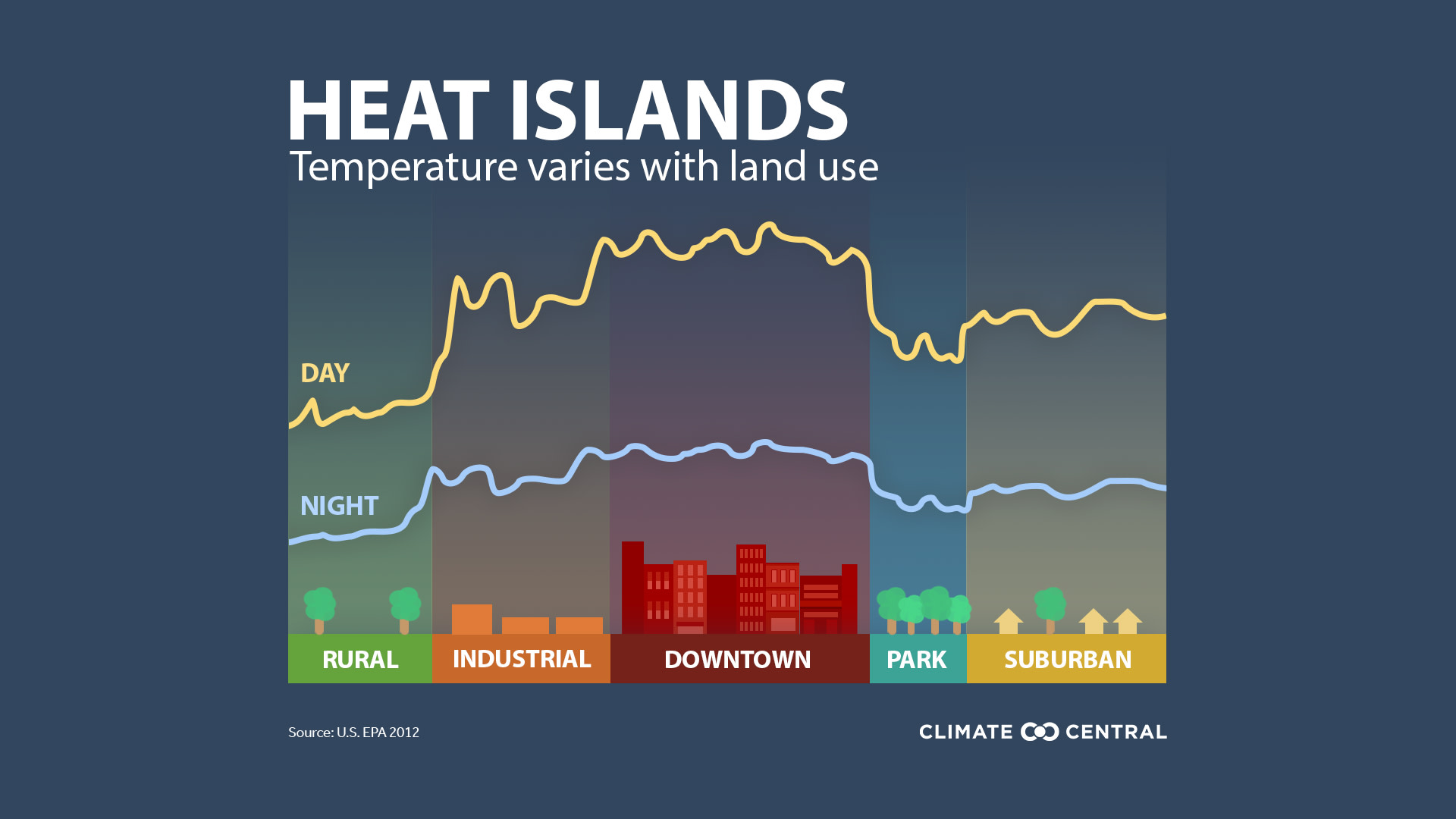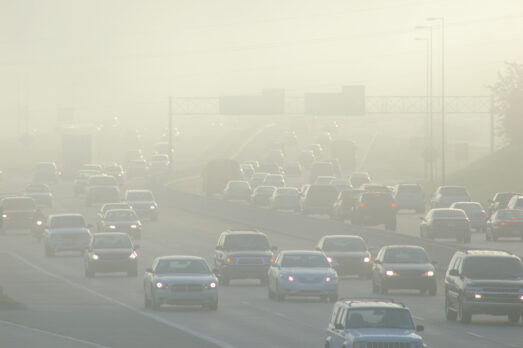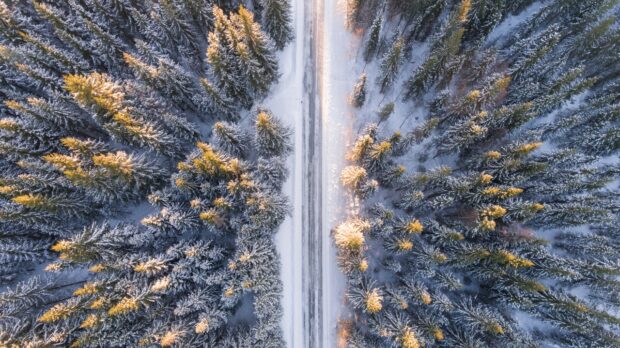
July 2023 was the hottest month ever recorded with temperatures shattered around the globe. Hundreds of millions of people across North America, Asia and Europe are suffering from extreme heat waves. Extreme heat kills more people than hurricanes, floods or tornadoes in the United States, with the EPA estimating about 1,300 people die annually from extreme heat exposure.
Nowhere is this heat felt more than in cities where nearly 80% of the US population lives. Heat is amplified in “urban heat islands” where roads, pavement and buildings absorb and retain heat, and then release it back into the air, well into the night. Some urban neighborhoods can have mid-afternoon temperatures that are 15°F to 20°F hotter than nearby tree-lined communities or rural areas.

Source: Hot Zones, Urban Heat Islands, Climate Central
Climate Central recently analyzed the urban heat island index in 44 major US cities broken down by neighborhood and found that 41 million Americans are currently sweltering in urban heat islands. This effect increases energy costs for air conditioning, strains the electricity grid, increases air pollution levels, and heat-related illness and deaths.
Urban heat islands worsen the impact of heat waves, particularly for vulnerable populations, such as children, older adults, and those with health conditions. Many cities aren’t prepared for the risk of power failures during a heat wave. A recent study estimated that a combined blackout and heat wave would expose at least two-thirds of residents in those cities to heat exhaustion or heat stroke.
Trees can save lives
Planting trees is one of the most effective strategies to protect people from heat in cities, especially in low-income neighborhoods that have fewer shade trees and higher temperatures than wealthier neighborhoods with tree-lined streets.
Trees can lower the air temperature in city neighborhoods by 10 degrees. The less the pavement is exposed to the sun, the less it will absorb its energy. Trees not only provide shade, their leaves release moisture to cool the environment. This reduces the demand for air conditioning, helping to avoid power failures during heat waves.
Cooling is not the only benefit that trees bring to urban environments. They also reduce air pollution, absorb stormwater, store carbon, attract wildlife and improve our mental and physical health.
Many cities across the US and around the world are launching initiatives to harness the power of trees to cool their cities. Nashville’s Root Nashville campaign is to plant 500,000 trees by 2050, focusing on hotter neighborhoods with high concentrations of vulnerable populations. Pittsburgh recently announced plans to plant 100,000 trees over the next 10 years, focusing on lower-income and minority communities.
Paris is the most vulnerable European capital to extreme heat because of lack of urban trees and 80% of its buildings have zinc roofs, according to The Lancet. Over the past decade, Paris has been increasing urban greening by planting small forests, reducing the amount of area occupied by cars, creating green spaces, urban agriculture, and transforming asphalt schoolyards into green community assets.
There are efforts in Europe, India and other countries to plant “tiny forests” in city neighborhoods. These forests, sometimes just the size of a basketball court, grow quickly and provide shade, release moisture, attract plants and animals, and store carbon.
Urban trees offer broad economic benefits through air pollution removal, carbon sequestration, lowered energy use in buildings and reduced emissions from power plants.
The Forest Service making up to $1 billion available in grants for investments that increase equitable access to urban tree canopy in disadvantaged communities, broaden community engagement in local urban forest planning, and improve community and urban forest resilience to climate change.
In addition to planting trees, there are many things cities can do with urban design to reduce the impact of extreme heat:
- Add vegetation and water to urban spaces
- Plant green roofs
- Whitewash any large area of black asphalt like roofs, roads, and parking lots
- Provide more access to public air-conditioned spaces
- Vary the height of new buildings to increase airflow and create shade canyons
- Adapt building design to use more natural ventilation in buildings
Learn more: Using Trees and Vegetation to Reduce Heat Islands

Annual global bottled water consumption is estimated to have reached 118 billion gallons in 2023. That’s equivalent to 1 million…

The world is driving towards a new era of electric transportation. This is good news for fighting the climate crisis,…

The past few summers have been breaking heat records but winters are actually warming faster than summers in most of…